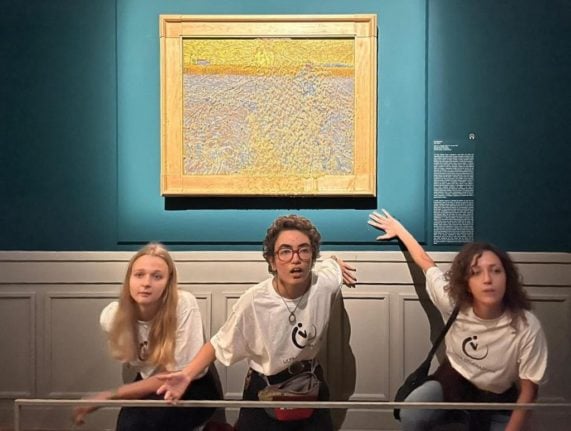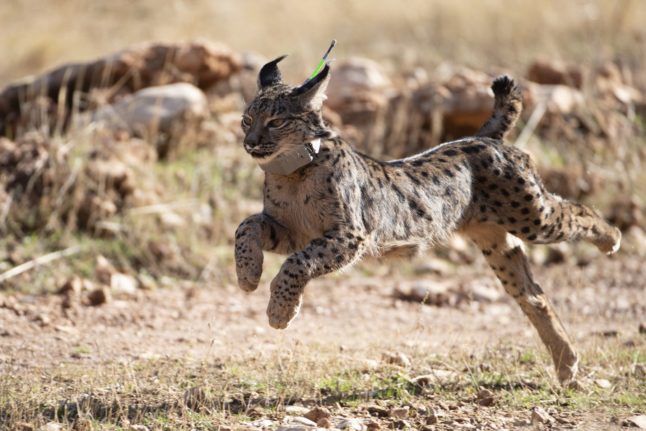Protesters have attacked numerous masterpieces across Europe in recent weeks to protest the lack of action against climate change.
They have glued themselves to a Francisco Goya in Madrid, thrown soup at Vincent van Goghs in London and Rome, and mashed potatoes on a Claude Monet.
“The activists responsible for (these attacks) severely underestimate the fragility of these irreplaceable objects, which must be preserved as part of our world cultural heritage,” said the statement.
It was spearheaded by the Prado in Madrid, and signed by the directors of more than 90 world-renowned museums including the Guggenheim in New York, Louvre in Paris and Uffizi in Florence.
“As museum directors entrusted with the care of these works, we have been deeply shaken by their risky endangerment,” the statement said.
“We will continue to advocate for direct access to our cultural heritage. And we will maintain the museum as a free space for social communication.”



 Please whitelist us to continue reading.
Please whitelist us to continue reading.
Member comments